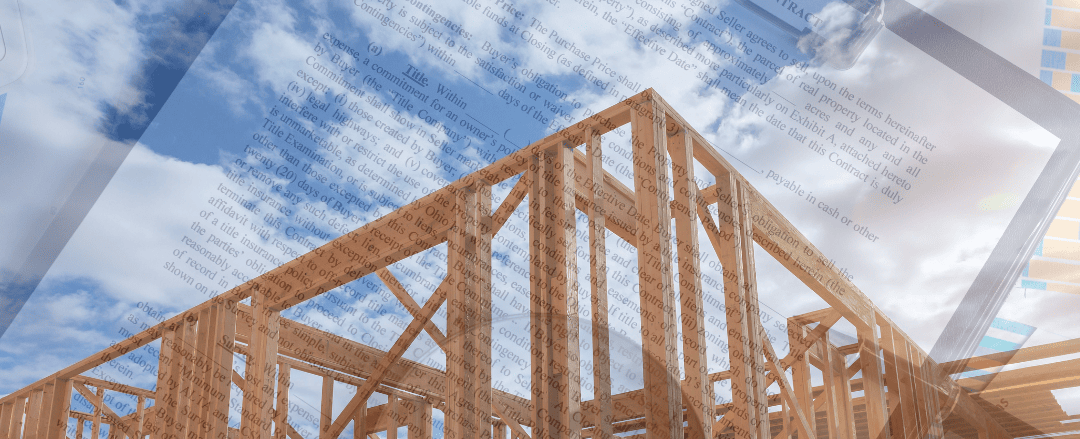Bonus depreciation is a commonly used tax tool to reduce federal and state tax liability. In 2023, the law enacted by the Tax Cuts and Jobs Act of 2017 (TCJA) expired, triggering a multi-year phase-out of this incentive. Most notably, the changes in bonus depreciation will impact the results of cost segregation studies, a commonly used tax strategy for taxpayers acquiring property. Below, we’ve outlined what you need to know about the change in bonus depreciation and what additional incentives are available to counteract these changes.
What is Bonus Depreciation?
Bonus depreciation is a business tax incentive that allows businesses to write off a percentage of eligible asset costs in the first year it was acquired. This tool will enable businesses to deduct more in the first year, leading to significant tax savings.
The Tax Cuts and Jobs Act of 2017 (TCJA) enacted 100% bonus depreciation, allowing taxpayers to write off 100% of the cost of eligible property in the first year. At the end of 2022, the 100% bonus depreciation rule expired. Bonus depreciation will now phase out over four years unless a new law is passed. Effective January 1, 2023, the bonus depreciation phase-out is outlined in the table below.
Depreciation Percentage Value 2023-2026
| 2023 | 2024 | 2025 | 2026 |
| 80% | 60% | 40% | 20% |
How Does Bonus Depreciation Impact a Cost Segregation Study?
Cost segregation is a tax incentive tool that allows eligible taxpayers who purchase or construct commercial and rental real estate to increase their cash flow by accelerating depreciation deductions and deferring tax liability. As the name implies, the study segregates and reclassifies the different parts of the property that would have otherwise been depreciated over 27.5 or 39 years. Portions of the property can then be depreciated over five, seven, or 15 years and are eligible for bonus depreciation. As of January 2023, the reclassified property is no longer eligible for 100% bonus depreciation, resulting in a lower benefit in the first year due to a cost segregation study.
How to Combat the Decreased Depreciation Value with a Section 179D Study
The energy efficient commercial buildings deduction, Section 179D, is also an accelerated depreciation deduction available to commercial building owners. This incentive is available to taxpayers who install eligible energy efficient equipment as a part of a new construction or renovation project and can be paired with a cost segregation study. For properties placed into service in 2023 and the future, the Inflation Reduction Act of 2022 increased the value of this tax deduction to $5 per square foot for achieving 50% or greater energy cost savings. A lesser deduction can be achieved for any projects that achieve a 25% or greater energy cost savings.
How to Determine Which Incentives You Can Claim
Partnering with an experienced firm specializing in tax incentives is vital in determining if you are eligible to pursue a cost segregation study, 179D deduction, or any other real estate-related incentives. Calvetti Ferguson has a dedicated team with extensive experience in the rules and requirements for specialty tax incentives.
Contact Us
Calvetti Ferguson works with middle-market companies, private equity firms, and high-net-worth individuals nationwide. Regardless of the complexity of the compliance, assurance, advisory, or accounting need, our team is ready to help you. Please complete the form below, and we will follow up with you shortly.

